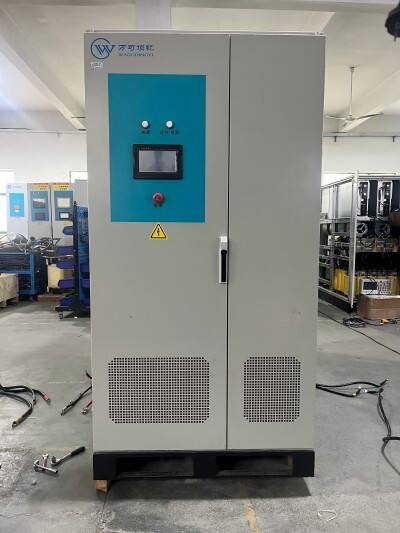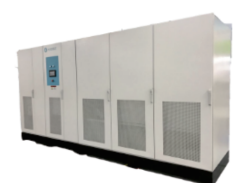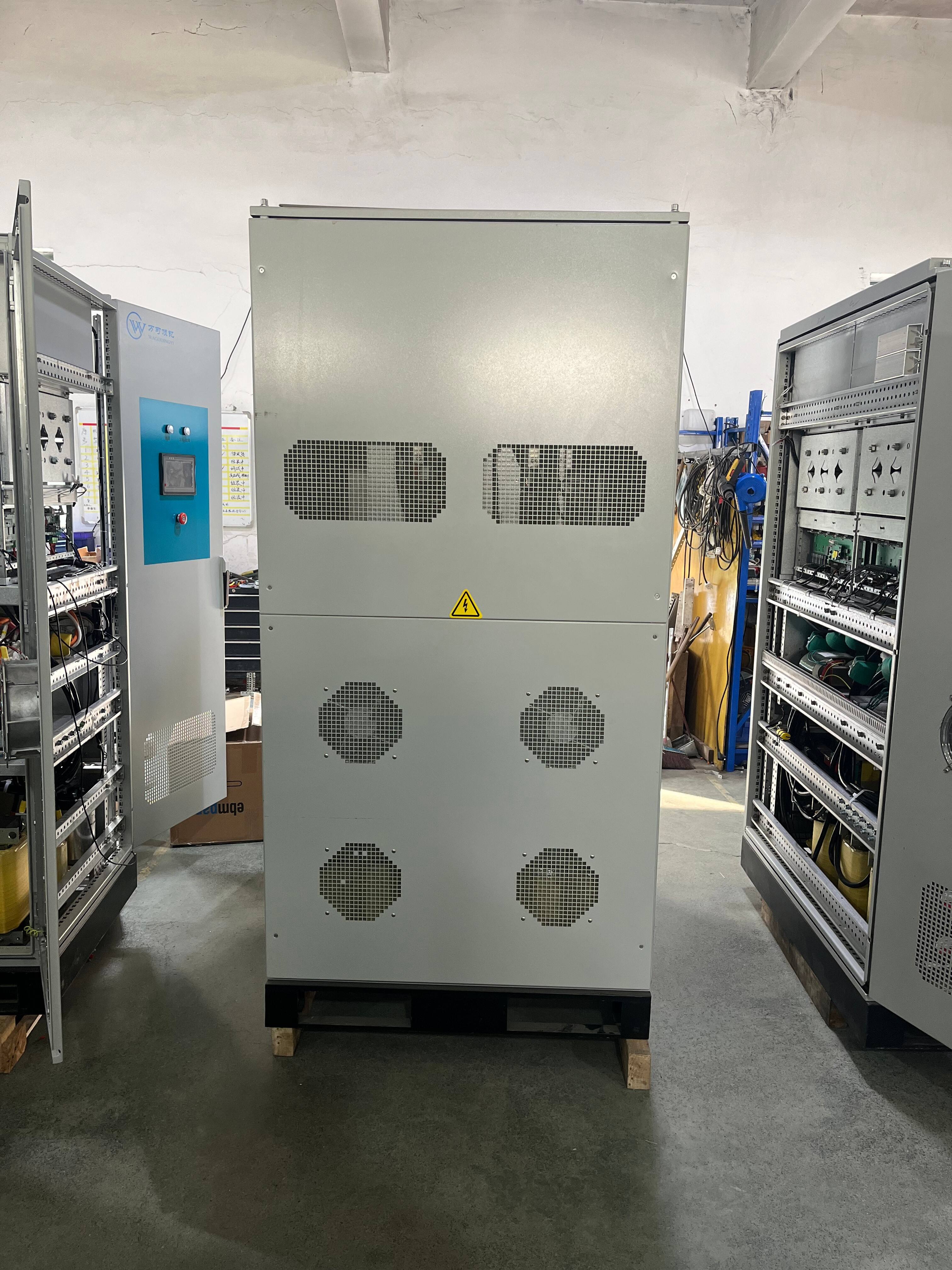energy storage system integration
Energy storage system integration represents a comprehensive solution that combines various storage technologies, control systems, and power management components into a unified framework. This sophisticated integration enables efficient energy capture, storage, and distribution while maintaining grid stability and reliability. The system incorporates advanced battery technologies, smart inverters, and sophisticated energy management software to create a seamless power flow between multiple energy sources and consumption points. It operates by monitoring real-time energy demands, weather conditions, and grid status to optimize energy distribution and storage. The integration process involves careful coordination of hardware components, including battery banks, power conversion systems, and monitoring equipment, along with software systems that provide intelligent control and predictive maintenance capabilities. These systems can be scaled to meet various applications, from residential installations to large-scale industrial facilities and utility-grade implementations. The integration also includes safety features, such as thermal management systems, emergency shutoffs, and cybersecurity protocols, ensuring reliable and secure operation. By incorporating advanced communication protocols, the system can interact with smart grid infrastructure, enabling demand response capabilities and participation in energy markets.




